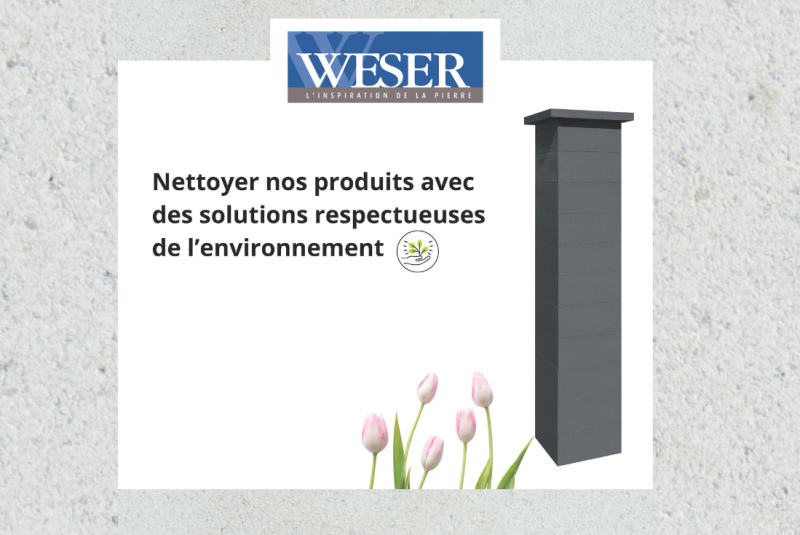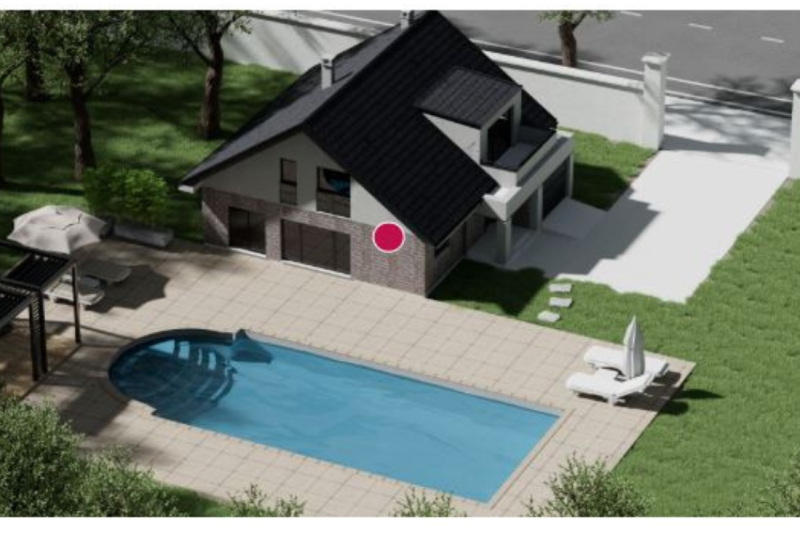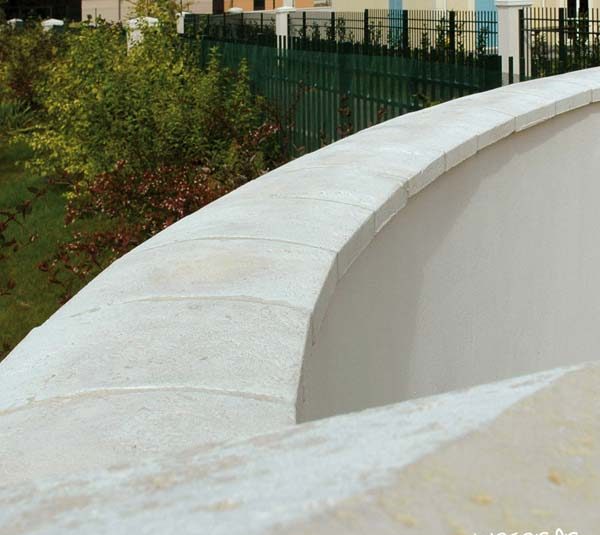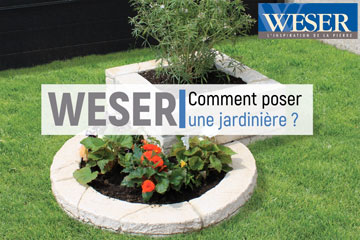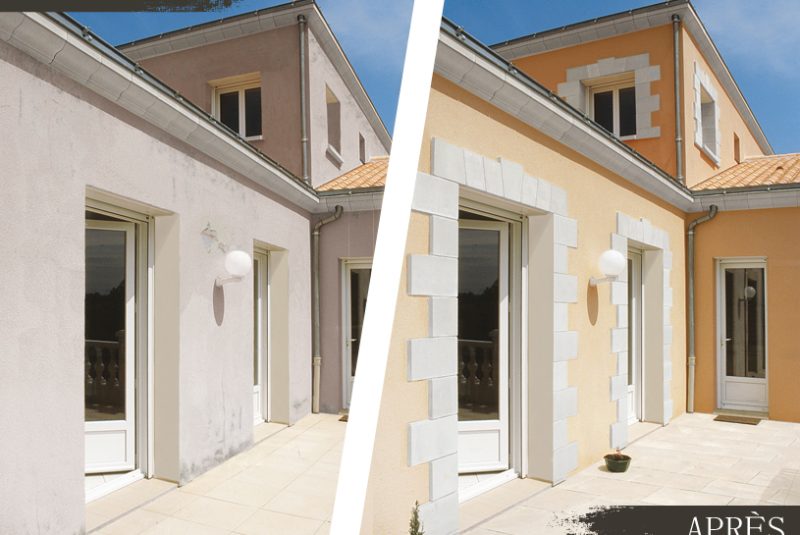Balustrades : From manufacture to installation – The story of a WESER balustrade

Reconstituted stone balustrades are both aesthetic and functional elements in architecture. At WESER, we focus on excellence in manufacturing and installation. Each concrete baluster is the work of skilled craftsmen, combining tradition and technology to offer a durable and aesthetically refined product. The material is made from natural aggregates and raw materials, making it 100% recyclable and infinitely processable. What’s more, the cold manufacturing process, which does not release CO2 through combustion, is environmentally friendly.
As experts in their field, WESER ensures that every balustrade meets the highest standards of quality and safety. In this article, we invite you to discover our balustrade expertise, and find out why they are the preferred choice for your architectural design projects.
Why choose a WESER balustrade?
WESER concrete balustrades combine safety, durability and aesthetics, making them the ideal choice for your projects. Designed to last, they resist weathering and wear and tear thanks to the strength of concrete.
In addition to their decorative aspect, our balustrades fulfill the essential function of guardrails, ensuring the safety of balconies, terraces or staircases while complying with current standards. Whether you opt for the Royan or Barcelona models, WESER offers a wide range to suit all architectural styles.
Made in France, our balustrades are the fruit of local know-how that respects ethical and sustainable criteria, guaranteeing a quality product.
The advantages of a concrete balustrade
Durability: WESER balustrades are renowned for their resistance to climatic conditions. Concrete is naturally robust, resistant to UV rays, humidity and temperature changes. These balustrades are resistant to the wear and tear of time, enabling them to be kept in perfect condition for many years.
Aesthetics: Our balustrades are designed to suit a variety of architectural styles, from modern to more traditional. They bring a touch of sophistication to any space.
Comparison with other materials (wood balustrade, metal balustrade)
Wood is a natural material that offers a certain warmth, but it requires constant maintenance to prevent the effects of moisture and wear, and to maintain its colors. It is less durable than concrete, especially in outdoor environments where it can degrade rapidly.
Metal, with its more modern connotations, has the major disadvantage of corrosion, especially if left untreated. Maintenance can be more costly and complex (e.g., oven-fixed paint). Some metal balustrades require regular anti-corrosion treatments to guarantee their longevity.
Types of WESER concrete balustrades
Inspired by the heritage of our regions and those of Spain, our balustrades will add character and charm to your home. Used as railings, they will protect your balconies, and for a more decorative touch, they can be perfectly integrated into the edges of your terrace or swimming pool. This wide range of balustrades will suit all types of exterior decoration, thanks to their unique, modern design that will embellish your garden.
Choose from a variety of styles, from classic to modern, to enhance your terrace or balcony.
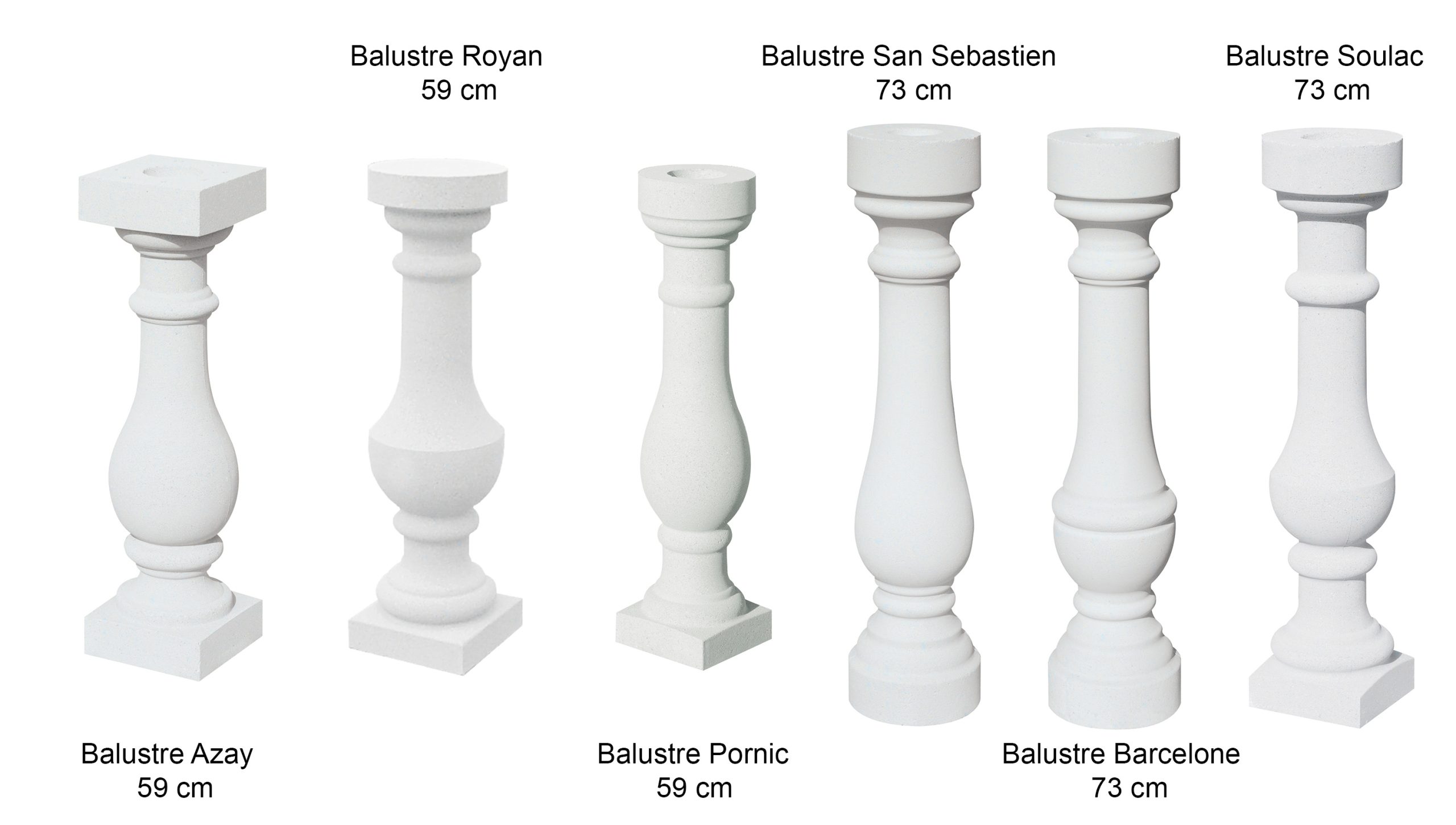
How to lay/install a balustrade?
To help you make the most of your project, the installation of our balustrades is described in the WESER installation guide.
Safety standards for balustrades and bodyguards
How high do regulations require a balustrade to be?
A balustrade is only decorative when it is located at the edge of a difference in level not exceeding 1 m.
It’s also important to note that the minimum height of a guardrail must be at least 1 meter for thicknesses of 50 centimeters or less, and can be reduced to 80 centimeters for greater thicknesses.
For further details, please consult the information provided by the Service Public website.
Distance between balusters for optimum safety
To ensure optimum safety, the spacing between balusters on a guardrail must comply with current standards. According to French standard NF P01-012, the requirements are as follows:
- Vertical balusters: the maximum spacing between rungs must not exceed 11 centimetres, to prevent a child from climbing over.
- Horizontal elements: spacing between rails must be limited to a maximum of 18 centimetres. In addition, a solid protection zone at least 45 centimeters high from the ground is required to prevent children from climbing.
These provisions are designed to prevent the risk of falls, particularly for young children, by limiting openings into which they can crawl or climb.
Balustrade care and protection
How to clean a balustrade
Regular maintenance is essential to preserve your concrete balustrades. Start by removing dust and dirt with a soft brush and clean water. For more stubborn stains, you can use a slightly firmer brush, but take care not to scratch the stone surface. Avoid harsh chemicals, as they can damage the balustrade. Instead, opt for mild cleaners specifically designed for concrete maintenance.
How to protect a balustrade from the elements
Protecting your balustrades from the elements will prolong their durability. We recommend the application of our water-repellent waterproofing specially designed for stone.
This precaution is all the more essential in areas with particularly harsh winters and frequent rainfall.
Repair cracks and damage
Over time, cracks can form in your natural or reconstituted stone balustrades. It’s essential to repair them quickly to prevent further deterioration.
To do this, use a repair mortar specifically designed for stone. Apply it with a spatula, taking care to fill the crack, then smooth the surface for a neat finish. For more complex repairs, you may need to call in a professional.
Frequently asked questions about balustrades
- What’s the difference between a guardrail and a balustrade?
-
What’s the difference between a guardrail and a balustrade?
In France, a balustrade is considered a guardrail when it protects a difference in level of more than 1 m. In such cases, it must comply with standards NF P 01-012 “Dimensions des garde-corps”, which defines in particular the height and spacing of balusters; and NF P 01-013, which defines the stress resistance criteria for balustrades. Our balusters were subjected to static and dynamic tests in compliance with these standards by the GINGER CEBTP laboratory in May 2024, and meet the requirements of both standards. The tests are described in report BEB1.N.5028-1.
- What is the role of a guardrail?
-
What is the role of a guardrail?
A guardrail, also known as a balustrade or railing, is a protective barrier installed on the sides of a staircase, around a landing, terrace, balcony or any other area at risk of falling. Its main function is to prevent accidental falls by offering physical protection to people in the vicinity of a void.
- What’s the difference between a balustrade and a baluster?
-
What’s the difference between a balustrade and a baluster?
A balustrade is a complete unit comprising balusters and supports, while a baluster is an individual vertical element.
Watch our exclusive video on the life of a baluster at WESER


